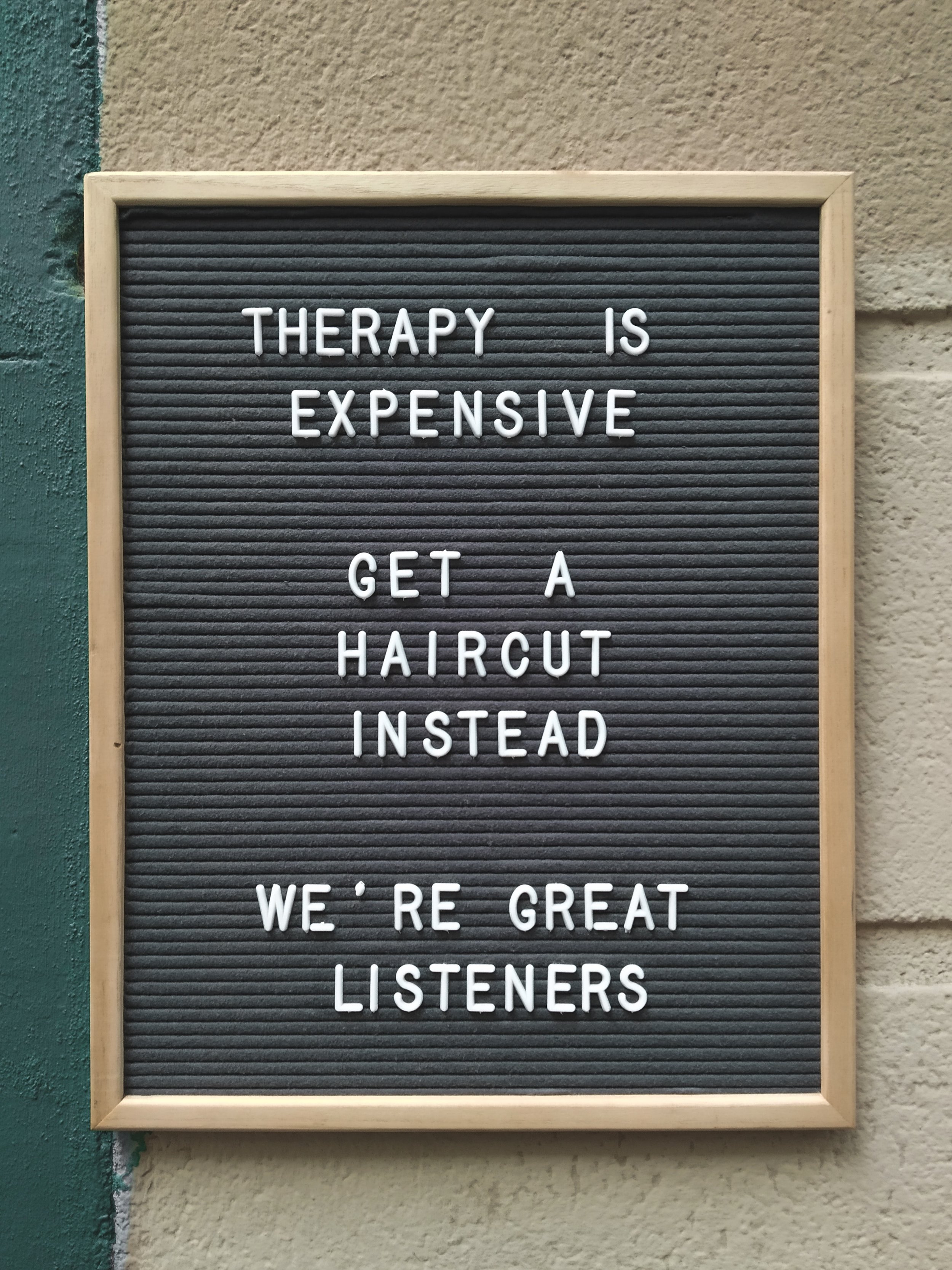Every month or so the “content ideas” page in my iPhone notes app begins to fill up with topics that aren’t quite beefy enough to justify an entire blog, but also a little too bulky to cram into a Tweet or Instagram post. I’ve once again hit that point, meaning it’s time to unload a couple of quick-hitter discussion topics that have been kicking around in my head (and notes app).
Here’s your July edition of Gym Owner Musings:
1. Standardize Your Seller
Everyone on your team should understand how to deliver the sales pitch, but it doesn’t mean that everyone should do so. Whenever possible, I encourage gym owners to standardize the staff member who delivers an explanation of the service model and pricing structure. Assuming you have a most popular training model (CSP is 95% semi-private training, for example), it is safe to assume that you are vulnerable to consistent service misconceptions.
In our semi-private training format, this means that parents and athletes need to be informed in advance of their first post-evaluation training session that they should not expect to have the same coach assigned to them every time they walk through the door, that the client-to-coach ratio will sit at a maximum of 5:1, and that sessions should run roughly 90-minutes in length. If I were to allow six different staff members to deliver six different versions of this message, I might end up with clients that expect sessions to run:
“Never less than an hour”
“Definitely under two hours”
“As long as it takes to get it done properly”
“Roughly 75-90 minutes”
“Depends on which coach you’re working with”
“Depends on who writes your programs”
While none of these answers are definitively wrong, they collectively will fill a busy training space with a wide variety of service expectations. In short, only one or two people on the team should qualify as your “go-to” seller. The rest can tag in during unique circumstances where absolutely appropriate.
In case you’re wondering, this is what a compelling sales pitch looks like.
2. Getting “Buy-In” is a Matter of Transparency
I had a question pop up in a recent Instagram Fitness Business Q&A that read as follows: How do you get potential trainers and clients to buy in to your methodology?
I temporarily wavered on the answer to this one, thinking that if I dug deep into our systems, I’d somehow find language in place that says: “Here’s how we get buy-in!” Turns out this hypothetical document or system doesn’t exist. It doesn’t need to, because in everything we do, we go further than just “the how.”
From the moment you walk through our doors, be it as a client or an intern, you’re bombarded with “the why” behind our actions. Interns learn why our warm-ups are designed to work from the ground up, and why we list our packages from most to least expensive in our pricing sheet. Clients learn why we’ve built specific corrective exercise into their warm-ups that don’t show up on any other programs in the gym, and why we might be advocating for a three-day full body format as opposed to a four-day upper/lower split. In short, we’re teaching as much as we are instructing.
Buy-in is a byproduct of procedural transparency to all. This is exactly why we don’t protect our gym’s “secret sauce.”
3. Behavior Unchecked Becomes Behavior Sanctioned
Another of the 40+ questions I answered this past week on Instagram was what one thing I would change about my business habits if I could go back in time. I explained that I’ve made the mistake of letting bad attitudes exist for extended periods among staff members in years past. Every time a perpetually grumpy employee moves on, I am surprised to learn that clients were seeing and feeling it every bit as much as (if not more than) I was.
I’m guilty of avoiding the responsibility of being the bad guy because I like a given person, and it is never the right thing for the business, our clients, or even the employee in question.
If you have a disgruntled coach on staff, and you’ve genuinely made an effort to improve their work circumstances to no avail, you don’t have time to waiver. Clients quietly leave without complaining following bad service interactions. Fellow employees emulate that which they interpret to be socially acceptable based on your failure to act as a manager, and your business catches on fire all around you while you hope someone “just comes out of a funk.”
The best time to terminate an unpleasant service employee is weeks or months ago. The second best time is today.
_____
Thanks for reading! If you enjoyed this, make sure to say hello on Instagram or Twitter, and subscribe to my newsletter here.


